The FOXHOUND LPPV, produced in 2012 as an Urgent Operational Requirement for the British Army by Force Protection Europe, is currently in use on Operation TORAL, writes Bob Morrison.
In the thirty or so years prior to 2012 the British Army mostly had to rely on tracked armoured vehicles, the lightly armoured Saxon ‘battlefield taxi’ personnel carrier excepted, for undertaking mechanised infantry patrol duties as, unlike many of its NATO allies, the UK MoD had not adopted a dual approach and procured wheeled armoured vehicles as well. As a result of this short-sightedness, the only light armoured high mobility vehicle on the inventory in any numbers in the early years of Operations TELIC (Iraq) and HERRICK (Afghanistan) was the very lightly protected Land Rover CAV-100 Internal Security Vehicle, nicknamed ‘Snatch’ as its initial role in Ulster was primarily to snatch ringleaders during urban disorder.
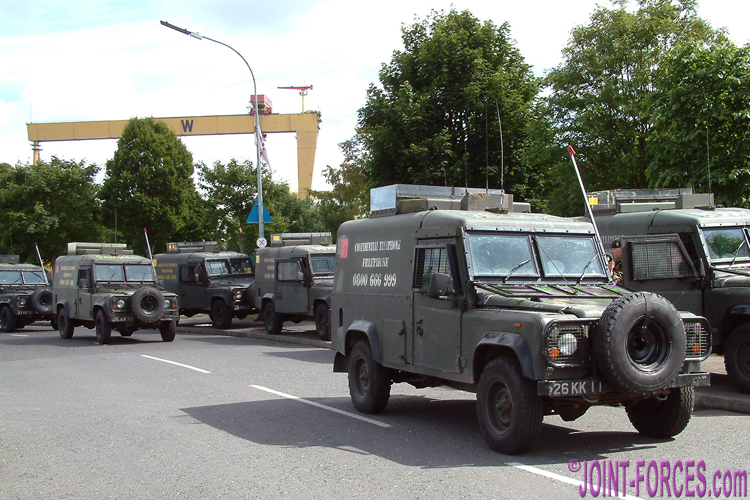
FOXHOUND replaced the CAV 100 (Snatch) Land Rovers seen here deployed on Op BANNER in Ulster, July 2002 [© BM]
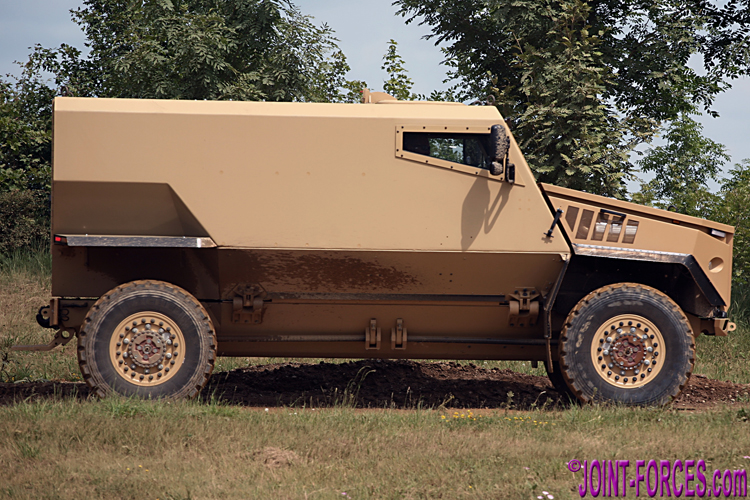
Prototype OCELOT, soon to be renamed FOXHOUND, seen at DVD 2010 – note torsion bar suspension [© BM]
.
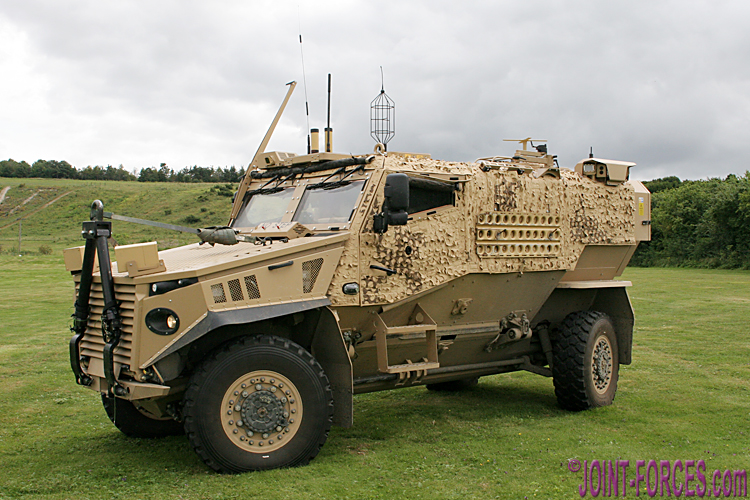
TES [Theatre Entry Standard] FOXHOUND on Exercise PASHTUN DAWN VXI on Salisbury Plain August 2012 – note four-wheel steer [© BM]
.
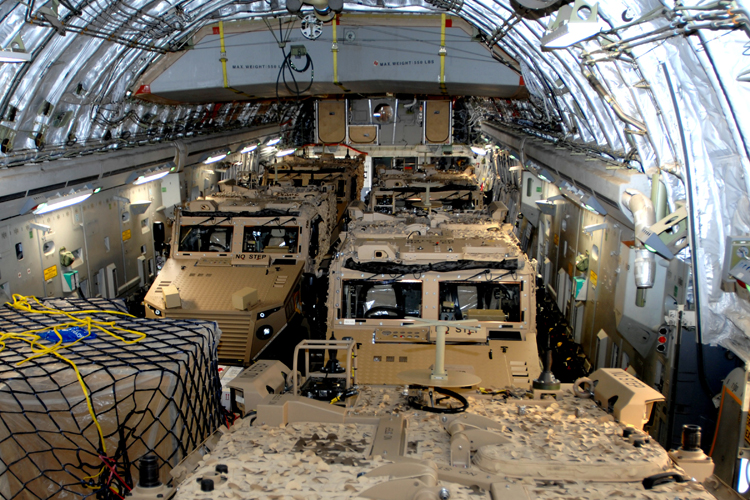
The first FOXHOUND LPPVs were flown out to Camp Bastion in Helmand in the hold of a C17 transport aircraft on 2nd June 2012 [Crown Copyright/OGL: Sgt Andy Reddy]

FOXHOUND LPPV at Patrol Base Wahid in Helmand, October 2012 – shortly after this drawdown of British troops from Southern Afghanistan was announced [Crown Copyright/OGL: Cpl Mike O’Neill]
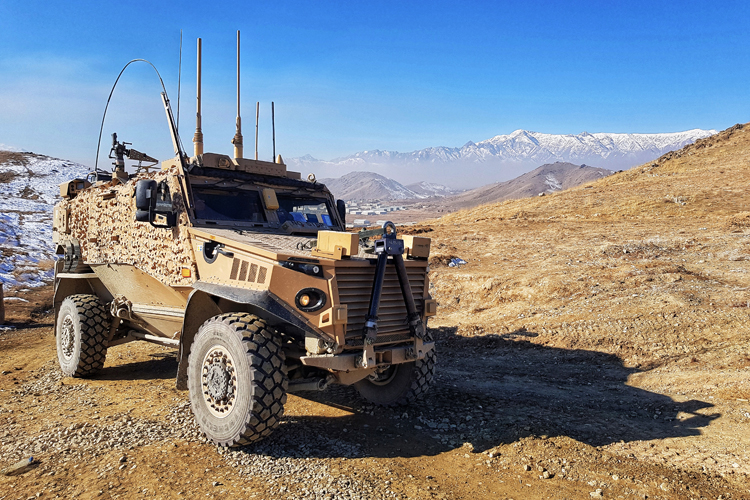
A 2 YORKS Foxhound Light Protection Patrol Vehicle seen here with the snow-capped Kabul mountains in the background, 23rd December 2017 [Crown Copright/OGL: Lt Narey]
Update: FOXHOUND LPPV has now been re-designated as PMV or Protected Mobility Vehicle.
{ images © Bob Morrison unless noted }


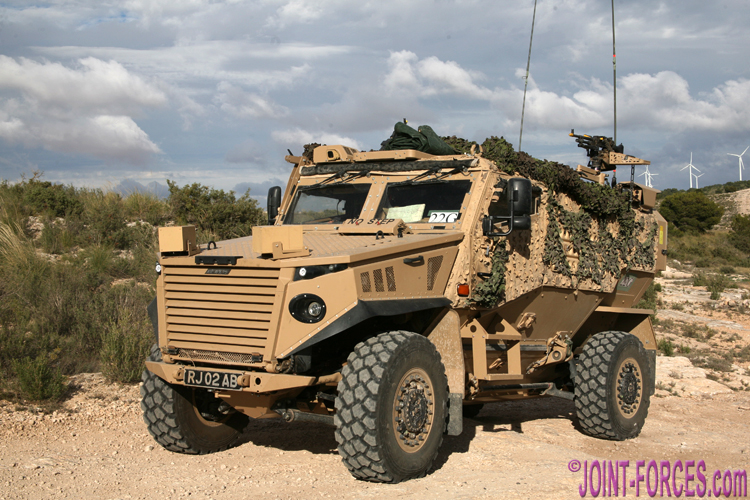
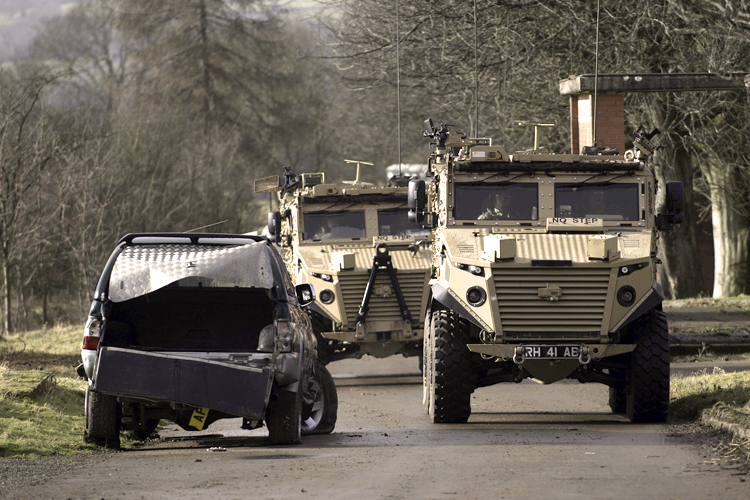


















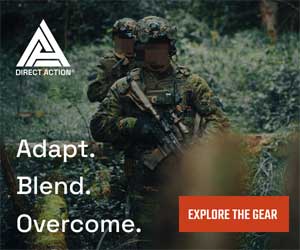
Pingback : TRJE18 In Focus 12 ~ UK Infantry Wheels - Joint Forces News
Pingback : Armour Focus ~ FOXHOUND LPPV Pt 3 | Joint Forces News
Pingback : Foxhound Command Variant Basic Field Testing | Joint Forces News